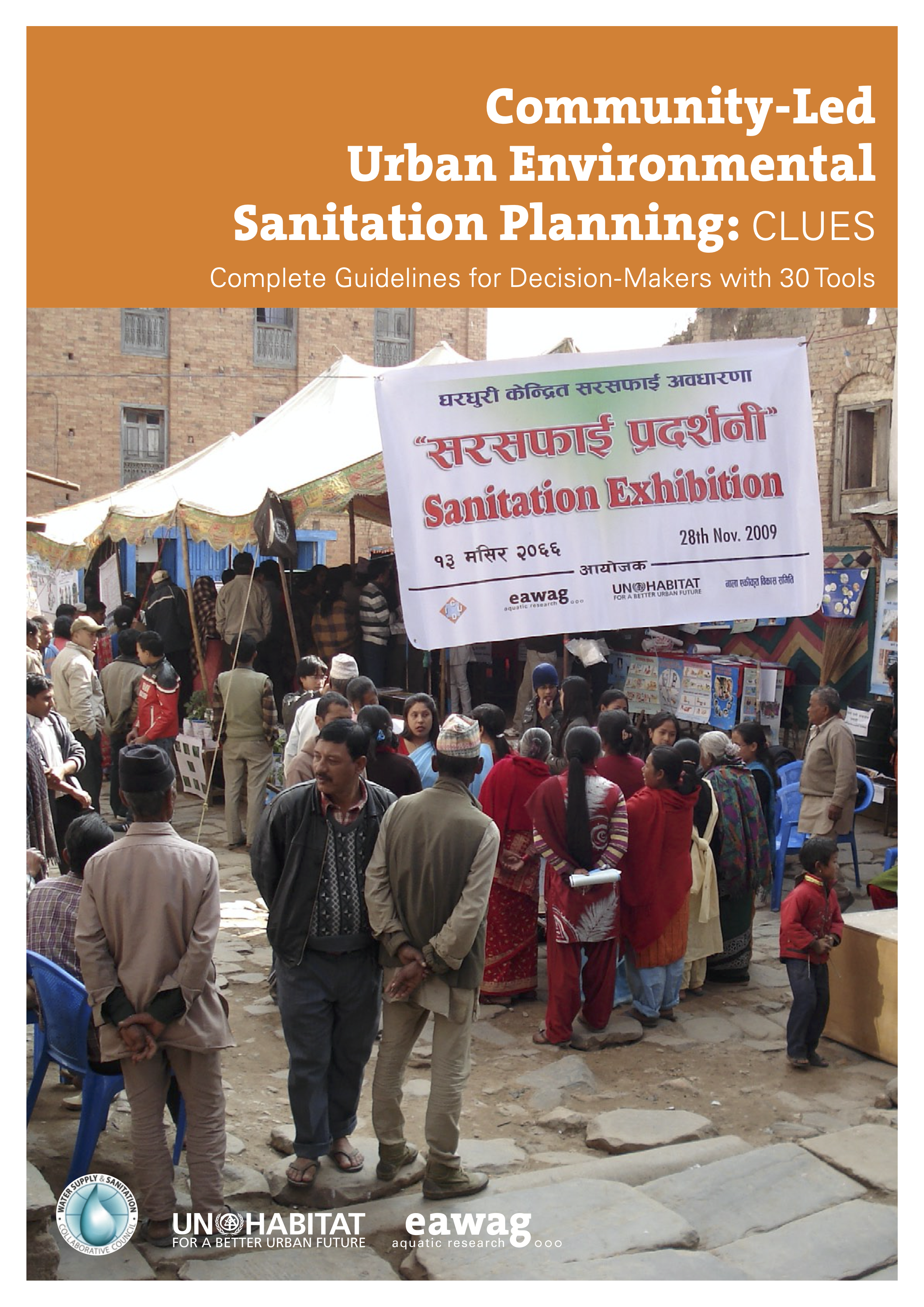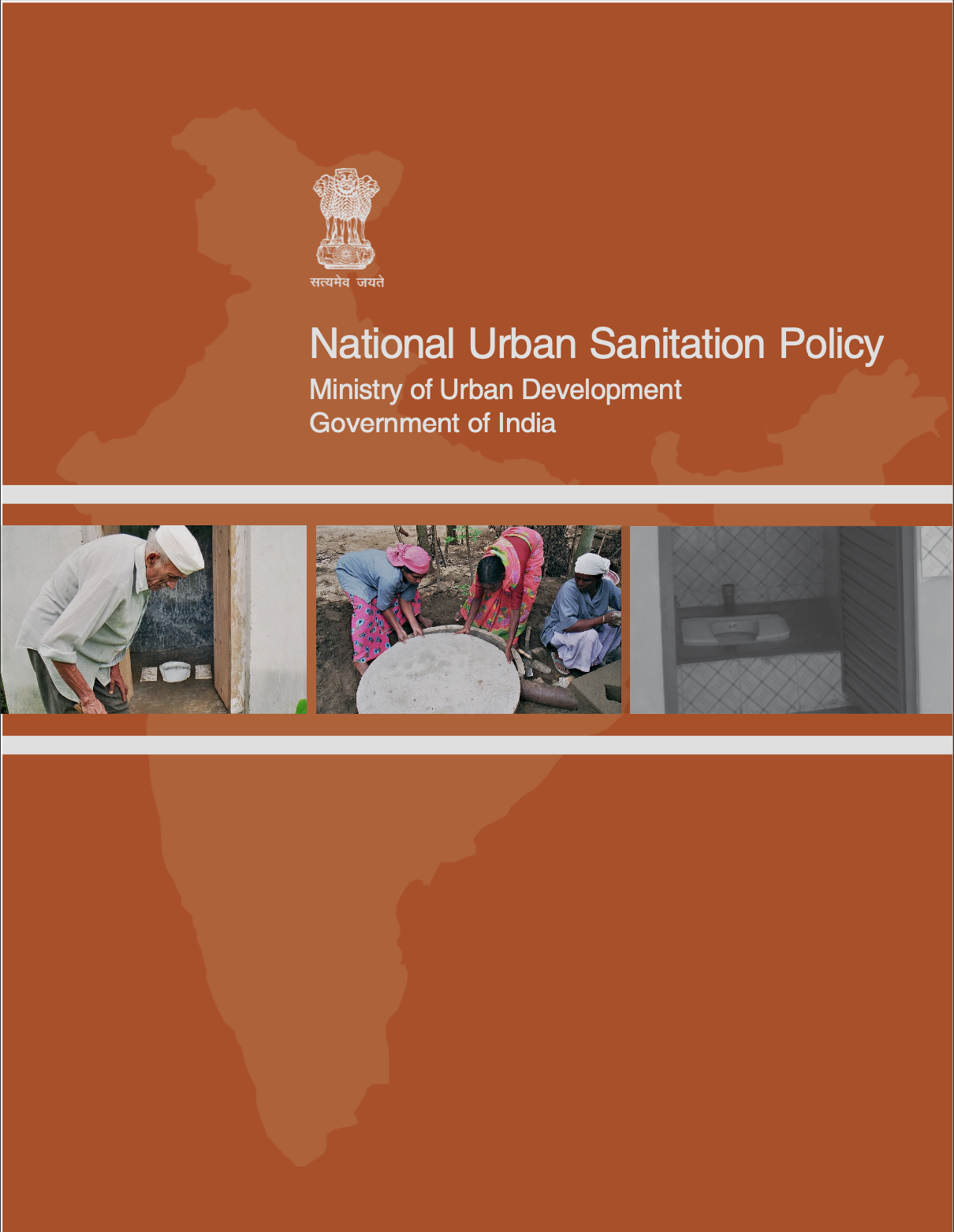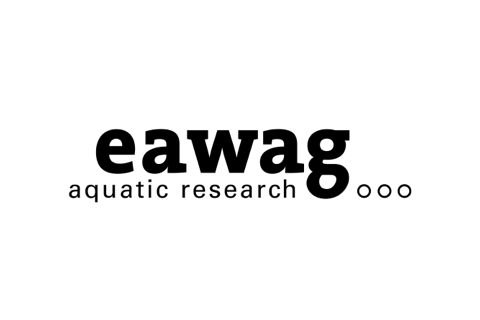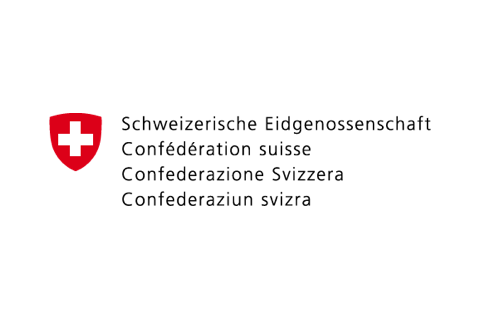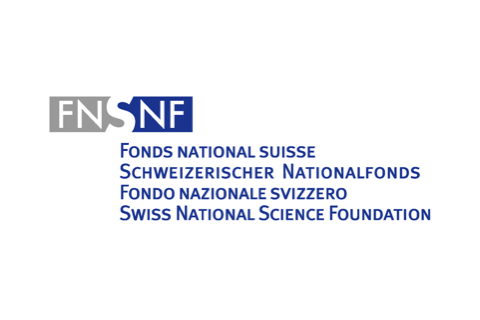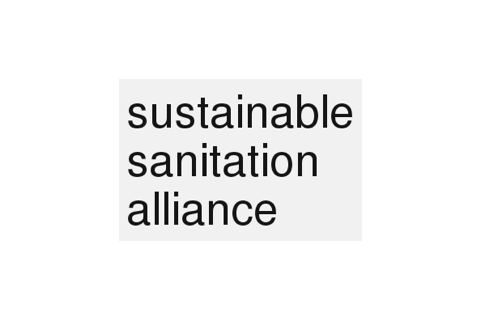Several structured planning frameworks that can be used to manage the entire planning process and within which SaniChoice can be applied are available:
- Community-Led Urban Environmental Sanitation Planning (CLUES) is a multi-sector and multi-actor guideline emphasising the participation of all stakeholders from an early stage of the planning process. It emphasises the importance of the enabling environment and provides specific tools that help to put the methodology into practice.
Lüthi, C., Morel, A., Tilley, E., and Ulrich, L. (2011) Community-Led Urban Environmental Sanitation Planning (CLUES). Swiss Federal Institute of Aquatic Science and Technology (Eawag), Dübendorf, Switzerland. - Sanitation 21 is a planning framework that helps stakeholders develop appropriate and affordable sanitation solutions from a city-wide perspective. The framework promotes non-standardised planning procedures and emphasises the importance of stakeholder involvement and institutional partnerships in the incremental improvement of sanitation.
Parkinson, J., Lüthi, C. Walther D. (2014) Sanitation21 - A Planning Framework for Improving City-wide Sanitation Services. IWA, Eawag-Sandec, GIZ. - City Sanitation Planning (CSP) is a citywide planning and decision-making framework that aims to implement locally appropriate sanitation system solutions. Aspects such as water supply, wastewater, solid waste, and drainage are covered. Many different CSP concepts have been developed. In this publication, the definition of CSP by the Government of India is used.
Governement of India (GoI) (2008) National Urban Sanitation Policy. Ministry of Housing and Urban Affairs. New Delhi. - Faecal Sludge Management: Systems Approach for Implementation and Operation is a publication that compiles the current state of knowledge of faecal sludge management, and presents an integrated approach that includes technology, management and planning.
Strande, L., Ronteltap, M., and Brdjanovic, D. (2014) Faecal Sludge Management: Systems Approach for Implementation and Operation. IWA Publishing, Volume 13. London

